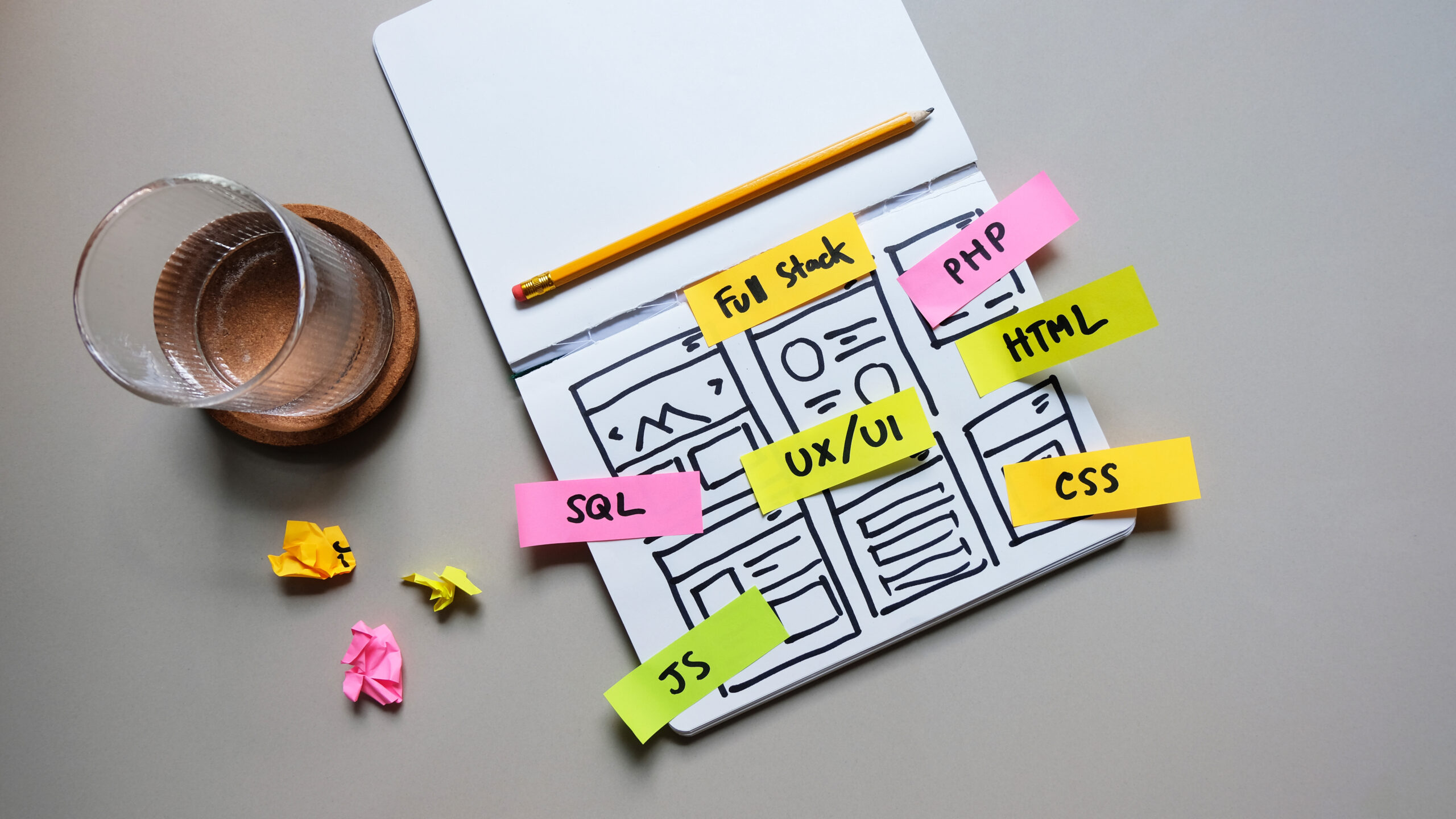SPA, SSR, and SSG: A Comprehensive Guide to Modern Web Development
In modern web development, techniques like SPA (Single Page Application), SSR (Server-Side Rendering), and SSG (Static Site Generation) are commonly employed to enhance application performance and user experience. These are critical concepts that relate to how websites are rendered. This article provides a detailed explanation of these methods, their advantages and disadvantages, and when to use each.
What is SPA (Single Page Application)?
SPA (Single Page Application) is a web application development approach where the entire page is loaded from the server only once, and subsequent updates are made dynamically for specific parts of the page. This eliminates full page reloads during navigation, providing a smooth and fast user experience through client-side rendering.
Features of SPA
- No full page reloads: All required resources (HTML, CSS, JavaScript) are loaded during the initial request, and subsequent updates are handled dynamically via JavaScript.
- Client-Side Rendering (CSR): Rendering is performed entirely on the client’s browser, and necessary data is fetched from the server using APIs.
- Dependency on JavaScript: The application relies on JavaScript for UI management and real-time updates to user interactions.
Benefits of SPA
- Enhanced User Experience: Dynamic updates without full page reloads result in a smoother, faster application.
- Rich UI: Complex interactions and real-time features can be implemented on the client side for a rich user interface.
- App-like Experience: Smooth transitions and animations provide a native app-like feel.
Drawbacks of SPA
- Not SEO-friendly: Content is generated via JavaScript, which may cause issues with search engine indexing.
- Heavy Initial Load: Loading all resources at once can result in slower initial page load times.
Best Use Cases for SPA
- Interactive Applications: Email clients, social networks, and dashboards requiring frequent user interactions.
- Real-Time Applications: Apps needing real-time updates like chat or collaborative tools (e.g., Slack, Trello).
What is SSR (Server-Side Rendering)?
SSR (Server-Side Rendering) is a technique where HTML is pre-generated on the server and sent to the client. This allows users to see fully rendered content as soon as they access the page, improving initial load performance and benefiting SEO.
Features of SSR
- HTML is generated on the server: When a client requests a page, the server processes the data and generates the HTML before sending it to the browser.
- Faster Initial Rendering: Since the HTML is pre-generated, users see the content immediately.
- SEO-Friendly: Search engines can easily crawl and index the pre-rendered HTML.
Benefits of SSR
- Improved SEO: SSR ensures that search engines can effectively crawl and index content, making it ideal for dynamic websites.
- Faster Initial Load: Pre-generated HTML allows users to see content immediately.
Drawbacks of SSR
- Increased Server Load: Generating HTML for every request can strain the server, especially under heavy traffic.
- Delayed Interactivity: Interactive elements handled by JavaScript may take longer to load as they rely on server-side processing.
Best Use Cases for SSR
- SEO-Centric Websites: E-commerce sites, blogs, and news portals that depend heavily on search engine traffic.
- Fast-Loading Applications: Apps where content visibility is crucial immediately after the page loads.
What is SSG (Static Site Generation)?
SSG (Static Site Generation) involves pre-generating web pages as static HTML files, which are then served to users. Pages are built during deployment and stored on the server, enabling lightning-fast performance.
Features of SSG
- Build-Time HTML Generation: Pages are pre-generated before deployment, ensuring that static HTML files are ready for users.
- Exceptional Performance: Static files are served directly, resulting in ultra-fast load times.
- Scalability: Since static files are lightweight, servers can handle high traffic with minimal resources.
Benefits of SSG
- High Performance: Pre-generated HTML files allow for extremely fast page loads.
- SEO-Friendly: Like SSR, SSG also delivers fully pre-rendered HTML for search engine crawling.
- Low Server Load: Static files don’t require runtime generation, minimizing server strain.
Drawbacks of SSG
- Not Suitable for Dynamic Content: Real-time updates or frequently changing content are challenging with SSG.
- Long Build Times: Sites with a large number of pages may experience longer build times.
Best Use Cases for SSG
- Static Websites: Company websites, portfolios, and blogs where content doesn’t change often.
- High-Performance Needs: Marketing sites and landing pages that prioritize fast load times.
Comparing SPA, SSR, and SSG
| Method | Features | Benefits | Drawbacks | Best Use Cases |
|---|---|---|---|---|
| SPA | Fully dynamic rendering on the client side | Smooth page transitions, rich UI, app-like experience | Heavy initial load, not SEO-friendly | Interactive apps, real-time apps |
| SSR | Server-side HTML generation for each request | SEO-friendly, fast initial load | High server load, slower interactivity for JavaScript elements | SEO-important sites, fast initial content display |
| SSG | HTML pre-generated during build time | Ultra-fast performance, SEO-friendly, low server load | Not ideal for dynamic content, long build times for large sites | Static content-heavy sites, company sites, portfolios, landing pages |
Conclusion
SPA, SSR, and SSG each offer unique rendering techniques, and selecting the appropriate one depends on the application’s characteristics and goals:
- SPA is ideal for interactive and dynamic applications but requires additional effort for SEO optimization.
- SSR works well for SEO-focused and fast-loading applications but may increase server costs.
- SSG excels in static content websites, offering unmatched performance with minimal server requirements but struggles with dynamic content.
Choosing the right approach for your project ensures optimal performance and user experience, contributing to the success of modern web development.
Thank you for reading this article.
At greeden, we help transform your ideas into reality. Our expertise in system development and software design ensures effective solutions to challenges and supports business growth.
If you have any development needs or want to bring your vision to life, feel free to contact us. Let’s achieve your goals together.
Contact us here.
